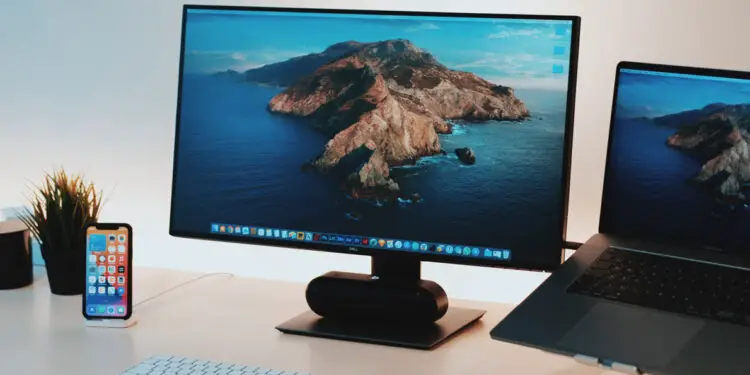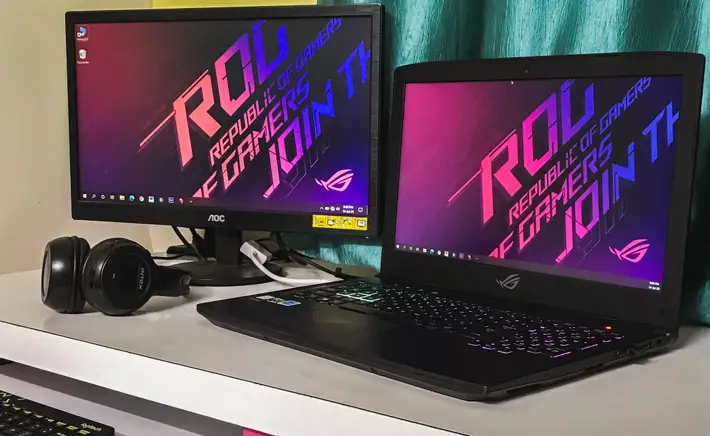What To Consider When Buying A PC Monitor: A 2021 Guide

A PC monitor is the soul of the computer. Even with the best CPU and graphics card, you can’t do much if you don’t have a good monitor. Plus, it ensures your eyes are safe even during long usage.
However, before purchasing a new PC monitor, you need to consider several factors, including brand, display, etc. For instance, a Huawei PC monitor will work better than any non-branded display.
That said, in this article, we will discuss how to buy a PC monitor as per your needs. Let’s get started!
However, before we move forward, let’s understand the difference between two major types of monitors: LED and LCD.
LED vs. LCD PC Monitors
It is good to know that all LED monitors are LCD monitors, but it’s not the same way around. Besides, both types of monitors use liquid crystals to create an image. However, the difference between them lies in the backlights.
For instance, LCD monitors use CCFLs (Cold Cathode Fluorescent Lamps), whereas LEDs use light-emitting diodes as backlights.
Light-emitting diodes allow users to light certain areas of the monitor to better highlight those sections, making it perfect for gaming or projecting the screen. On the other hand, LCDs distribute light evenly throughout the screen, making it perfect for extended usages.
If you want a PC monitor for gaming, a full-array LED monitor is perfect as it will minimize viewing angles, making it easier to play games. Another benefit of LED monitors is that it requires very less space and are cheaper than LCDs.
An LCD monitor would be the right choice for those who want to use PC for long hours for basic tasks, such as browsing, word processing, and communication.
Once you’ve decided between LCDs and LEDs, it’s time to analyze the features:
1 – Resolution
The higher the resolution, the better the picture. Look for a PC monitor with at least 1920 x 1080 (Full HD), so you can view the picture clearly. If your budget allows, you can even go further to 4K (recommended for gaming and using the computer for long hours).
2 – Refresh Rates
I’m sure you’ve read (or heard) about hertz (Hz) in screens. They decide how many times your monitor will update with new information per second. The higher the number, the better. This would ensure better and less choppy images. It is even more important for people who are buying a monitor for gaming. It would be great to choose a monitor with a refresh rate of 75Hz and above (if possible 120 Hz).
3 – Response Time
As opposed to the refresh rate, response time needs to be as low as possible. It defines how long it will take for the monitor to change individual pixels from one shade of gray to another. Shorter response times mean your monitor can quickly adapt to changing displays during gaming or fast-paced videos. We recommend choosing a monitor with a response time of less than 5ms.
4 – Screen size and Aspect ratio
Screen size matters a lot when buying a PC monitor. It needs to fit perfectly on your desk or gaming table without making it difficult for you to analyze the minor details on the screen. Most users prefer a PC monitor of 24-27 inches in size. However, you need to measure the available space before making the final purchase.
Tip: If you’re choosing a large screen (>= 27 inches), make sure to pick the one with 4K resolution.
5 – Anti-glare features
Perfect for people working from home, an anti-glare PC monitor protects your eyes even during prolonged usage. It is also perfect for people who play games for hours every day (including professional gamers and YouTubers). However, it is worth mentioning that anti-glare monitors are not great for photo or video editing as they tend to be less accurate.
Conclusion
When choosing your next PC monitor, determine its usages and applications. Then, depending on the number of hours you want to use the computer, choose the right PC monitor combined with the tips mentioned above. Happy Monitor Shopping!










